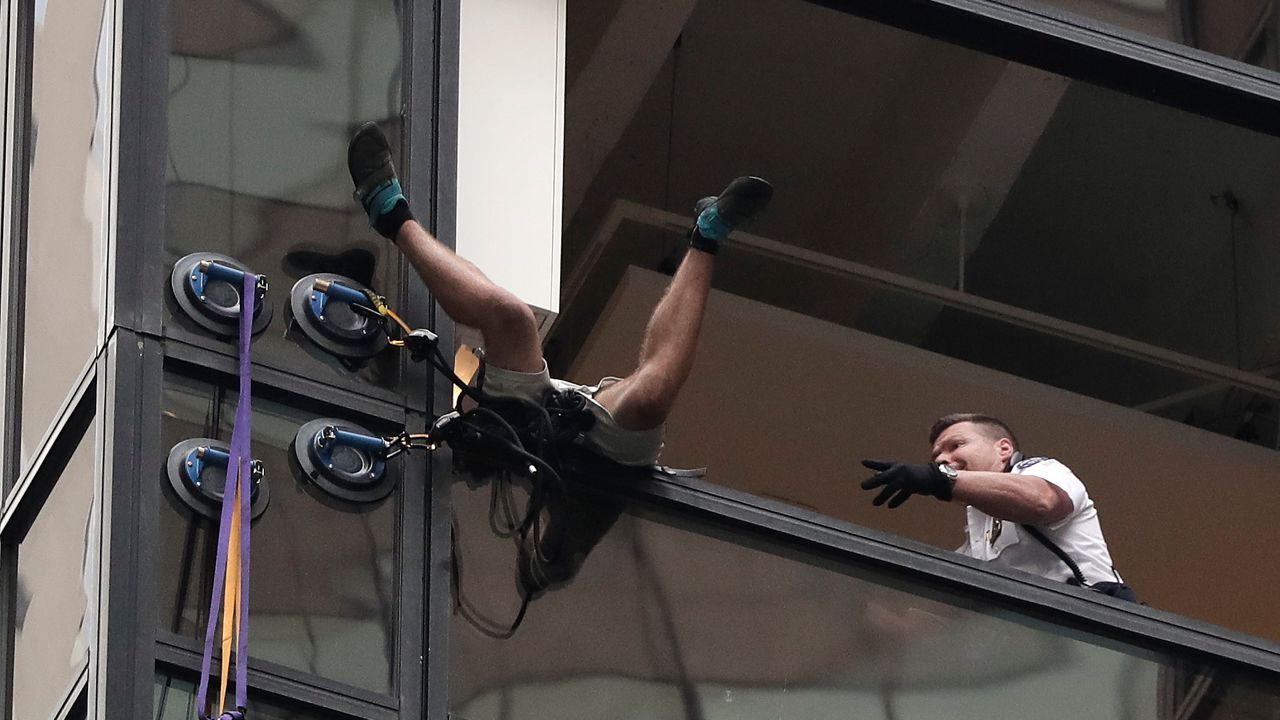Restoration Of Peace On The Dnieper: Steps Towards Reconciliation

Table of Contents
Addressing the Root Causes of Conflict
Sustainable peace requires addressing the deep-seated issues fueling the conflict. Understanding the historical and political context is paramount. The Dnieper region's history is complex, marked by:
- Territorial disputes: Long-standing disagreements over borders and resource control have exacerbated tensions.
- Political grievances: A legacy of political oppression and exclusion has fueled resentment and mistrust.
- Economic inequalities: Disparities in wealth and opportunity have created social divisions and fueled conflict.
- Ethnic tensions: Differences in ethnicity and cultural identity have been manipulated to further divide the population.
Open dialogue, facilitated by international mediators and neutral observers, is crucial. Honest conversations acknowledging past injustices and addressing underlying grievances are necessary to build a foundation of trust. This process needs to involve all stakeholders, including local communities, political leaders, and civil society organizations. International involvement, including mediation efforts by the UN and other relevant bodies, is vital in guiding this complex process.
Establishing a Ceasefire and Humanitarian Aid
A comprehensive and verifiable ceasefire agreement is the cornerstone of any peace process. This requires:
- Monitoring mechanisms: Independent observers and international monitoring teams are needed to ensure compliance with the ceasefire agreement.
- Demilitarized zones: Establishing buffer zones between opposing forces can reduce the risk of renewed hostilities.
- Safe corridors for humanitarian access: Securing safe passage for humanitarian aid is essential to alleviate suffering and provide essential services.
The provision of humanitarian aid, including food, water, shelter, and medical care, is crucial. International organizations like the Red Cross, UNHCR, and other humanitarian agencies must play a significant role in delivering this aid to those in need. Protecting civilians from violence and ensuring their safety and well-being is paramount throughout the process.
Promoting Dialogue and Reconciliation
Building lasting peace requires fostering trust and understanding between communities. This necessitates a multifaceted approach:
- Peace talks and negotiations: Structured dialogue involving representatives from all parties is essential to reach mutually acceptable agreements.
- Truth and reconciliation commissions: Independent bodies can investigate past abuses and help communities process trauma and move forward.
- Community-based initiatives: Grassroots programs focused on reconciliation, healing, and rebuilding social cohesion can be highly effective.
- Interfaith dialogue: Promoting understanding and cooperation between religious communities can help build bridges and overcome divisions.
Civil society organizations, with their intimate understanding of local dynamics, play a vital role in implementing these reconciliation programs. Learning from successful reconciliation efforts in other conflict zones, such as South Africa's Truth and Reconciliation Commission, offers valuable insights and strategies.
Economic Recovery and Development
Rebuilding the region's economy is vital for long-term stability. This involves:
- Investment in infrastructure projects: Repairing and upgrading damaged infrastructure, such as roads, bridges, and utilities, is essential for economic recovery.
- Support for small businesses and entrepreneurs: Providing access to credit, training, and markets can stimulate economic activity and create jobs.
- Job creation programs: Targeted employment initiatives can address unemployment and provide livelihoods for affected communities.
- Sustainable development initiatives: Investing in environmentally friendly and sustainable practices can ensure long-term economic growth.
International financial aid and development assistance will be crucial in funding these initiatives. Sustainable economic development, creating opportunities for all communities, is key to preventing future conflicts rooted in economic inequality.
Ensuring Long-Term Stability and Security
Establishing robust governance structures is fundamental to maintaining peace. This requires:
- Strengthening the rule of law: Establishing fair and efficient legal systems is vital to ensuring justice and accountability.
- Promoting human rights: Protecting and upholding human rights is crucial for building trust and fostering social cohesion.
- Building democratic institutions: Strengthening democratic institutions and promoting good governance is essential for a stable and just society.
- Security sector reform: Reforming and professionalizing security forces is necessary to ensure they act in accordance with the rule of law.
International peacekeeping missions, where appropriate, can play a vital role in supporting security sector reform and maintaining stability. Regional cooperation and stability are also essential, requiring collaboration among neighboring countries to address shared security challenges.
Securing a Lasting Restoration of Peace on the Dnieper
The Restoration of Peace on the Dnieper requires a comprehensive and sustained effort. Addressing the root causes of the conflict, establishing a lasting ceasefire, promoting dialogue and reconciliation, and fostering economic recovery are all interconnected and equally vital. Sustained international support, financial aid, and political commitment are essential to ensuring the success of these efforts. We urge you to learn more about the situation in the Dnieper region and support organizations working towards peace and reconciliation. Your engagement and participation, no matter how small, can contribute to building a more peaceful and prosperous future for the people of the Dnieper region. Let's work together to achieve a lasting Restoration of Peace on the Dnieper.

Featured Posts
-
 Makeup Organiser Declutter Your Dressing Table With These Top Options
Apr 25, 2025
Makeup Organiser Declutter Your Dressing Table With These Top Options
Apr 25, 2025 -
 How Middle Management Drives Employee Engagement And Business Outcomes
Apr 25, 2025
How Middle Management Drives Employee Engagement And Business Outcomes
Apr 25, 2025 -
 Market Reaction Gold Climbs As Trump Adopts Less Confrontational Stance
Apr 25, 2025
Market Reaction Gold Climbs As Trump Adopts Less Confrontational Stance
Apr 25, 2025 -
 Auto Dealers Double Down On Opposition To Electric Vehicle Regulations
Apr 25, 2025
Auto Dealers Double Down On Opposition To Electric Vehicle Regulations
Apr 25, 2025 -
 Huntsville Father Files Wrongful Death Lawsuit Following Sons Accidental Shooting
Apr 25, 2025
Huntsville Father Files Wrongful Death Lawsuit Following Sons Accidental Shooting
Apr 25, 2025
Latest Posts
-
 Bof A Reassures Investors Why High Stock Market Valuations Are Not A Threat
Apr 26, 2025
Bof A Reassures Investors Why High Stock Market Valuations Are Not A Threat
Apr 26, 2025 -
 High Stock Valuations And Investor Concerns A Bof A Analysis
Apr 26, 2025
High Stock Valuations And Investor Concerns A Bof A Analysis
Apr 26, 2025 -
 Bof As Take Why Stretched Stock Market Valuations Shouldnt Worry Investors
Apr 26, 2025
Bof As Take Why Stretched Stock Market Valuations Shouldnt Worry Investors
Apr 26, 2025 -
 Are High Stock Market Valuations A Cause For Concern Bof A Says No
Apr 26, 2025
Are High Stock Market Valuations A Cause For Concern Bof A Says No
Apr 26, 2025 -
 The Ethics Of Betting On The Los Angeles Wildfires And Similar Events
Apr 26, 2025
The Ethics Of Betting On The Los Angeles Wildfires And Similar Events
Apr 26, 2025
